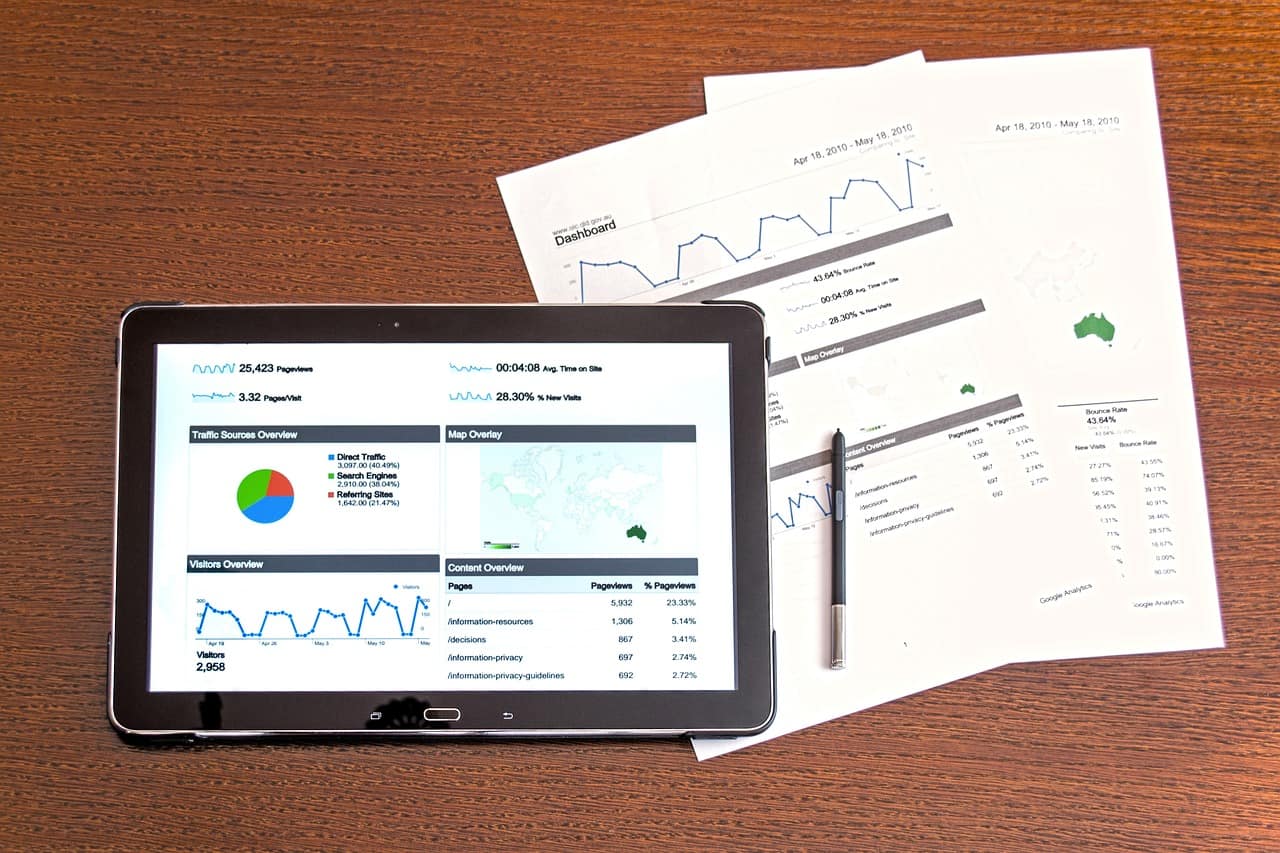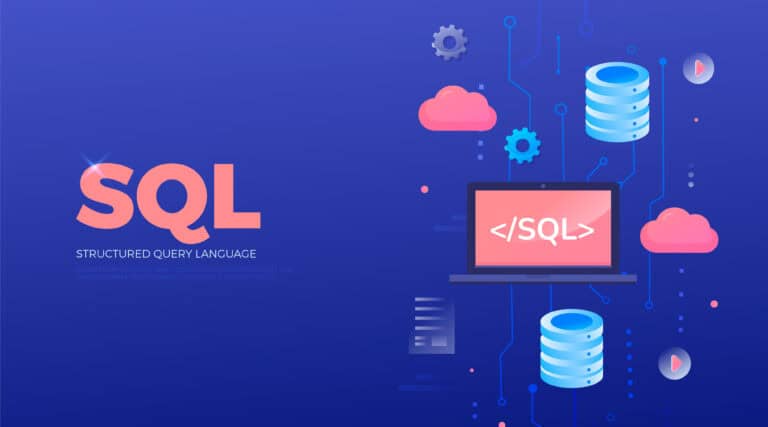How to start a career in data analytics in 5 simple steps
So, you’ve set your sights on becoming a data analyst, but you’re unsure of where to start.
Fear not!!!
With a clear roadmap and determination, you can turn your aspiration into a reality.
Consider this article to be your step-by-step guide for kickstarting your journey towards a rewarding career in data analytics.
This guide is written with the premise that you are starting fresh in the profession, although it is also very much relevant to individuals who already have some of the fundamentals in place.
If you need to know more about what Data Analytics is then click here for more information.
Addressing the matter of duration
Before we delve into the steps to becoming a data analyst, it is important to answer the question of how long it might take to learn and master or even become a professional in data analytics.
Almost every potential data analyst or those with an interest in data analytics would want answers to this question.
Well, regarding the timeframe for becoming an analyst, it varies greatly from person to person.
Individuals with some prior knowledge and experience can acquire the necessary skills within a few months, while for others, it may require one year or years of dedicated study.
Hence, the duration is very subjective and would depend on several factors most of which will become clear below.
Now let’s get into the steps.
Step 1: Understand the basics
The prevailing belief suggests that a strong grasp of mathematics, statistics, or programming is necessary to embark on a journey into data analysis.
Although these skills can undoubtedly provide a solid foundation, rest assured, they are not the sole entry points into the field.
Individuals from various educational and professional backgrounds can still thrive in data analysis careers with the right approach and determination.
As a prospective data analyst, you should possess a blend of creativity and curiosity towards data, exhibit an exploratory mindset, demonstrate strong analytical thinking, adaptability to both independent and teamwork, and be prepared to invest the necessary time and effort.
These attributes are very important for ensuring success in the field.
Step 2: Commit to a structured course or program
Most employers would typically require evidence of your experience and qualifications in data analytics.
There are certainly various pathways to attain a data analytics qualification. This will depend on your current educational background and familiarity with the subject matter itself.
For instance, many universities offer bachelor’s and master’s degrees with data analytics as a specialty.
However, as you can imagine, pursuing this route would in most instances entail a significant investment of time and money.
It can take from 2 to 4 years (or more) of full-time study. In addition, bachelor’s degree programs often include mandatory coursework, assignments and similar assessments that might be beyond data analytics.
While a degree is not mandatory for a career as a data analyst, it can certainly enhance your prospects.
Alternatively, many individuals opt for short courses in form of bootcamps, which offer condensed and intensive training.
Choosing an online short course or bootcamp program for learning can be significantly more cost-effective compared to attending a university.
For instance, you can finish and obtain certification in less than a year, all at a fraction of the expense of university education.
Despite the reduced cost, you’ll still gain valuable hands-on experience and have the opportunity to become fully certified as a data analyst.
It is important to add that if you are opting for an online self-study program then ensure that it is comprehensive and covers a thorough and balanced curriculum that encompass key data analysis topics and techniques, while providing ample opportunities for practical application.
In summary, whichever pathway you choose, ensure to do your due diligence. Do your research and choose a program that offers mentorship, a practical curriculum, internship, and career coaching.
Look for courses that focus on continuous skill-building through practical exercises and project work.
Step 3: Practice your skills
After enrolling into your program of choice, the next important step is to really hunker down and do some practice.
Most of the curriculum of your program will have this already integrated into the training.
However, on a personal ad independent level, there are numerous methods through which you can acquire the essentials. One of these is by working on individual projects.
Engaging in regular practice sessions and tackling mock or real-world problems will lay a sturdy foundation for your future work endeavours.
At this juncture, having access to real-world, well-prepared datasets and curated project ideas can sustain your motivation for learning and prevent the distractions of extensive searching or brainstorming.
You can explore a selection of data science projects to effectively apply your skills and test your knowledge.
You will definitely require date for your practice. To achieve this goal, there are abundant online repositories that provide a diverse array of free datasets. Examples of these are given below:
1. Kaggle
2. Google Dataset
3. Datahub
4. http://Data.Gov
5. UCI Repository
Step 4: Create a portfolio of projects
To capture the attention of potential employers, it’s essential to assemble a portfolio showcasing your work.
A data analyst portfolio of projects is a collection of real-world data analysis projects that showcase a candidate’s skills, expertise, and problem-solving abilities.
The project in your portfolio follows from step 3 above. These projects typically involve working with datasets to extract insights, visualise data, and derive meaningful conclusions to address specific business questions or challenges.
When you first enter the job market as an entry-level data analyst, it’s common for your initial portfolio to mainly feature guided capstone projects from your online boot camp or university studies in data-related fields.
During this stage, it’s also perfectly acceptable and expected to present a range of boot camp projects covering different concepts, demonstrating your familiarity with various tools and techniques.
If you are not sure what to include in a project portfolio, you can explore a comprehensive guide on creating a data analytics portfolio here.
You have the option to host your portfolio of data analysis projects on platforms like DataCamp Workspace, GitHub, or Kaggle, all of which offer free services.
While these platforms are not the only ones available for hosting portfolios, they are widely recognised and highly recommended for entry-level data specialists, offering excellent visibility for your projects.
In addition, you may want to explore the possibility of creating a personal website to further showcase your work.
Step 5: Apply for data analyst jobs
Once you feel very assured in your skills and portfolio, it’s time to consider strategies for securing a job as a data analyst. Below, are some tips to help you secure a job:
Create a professional resume
Now, the task at hand is to craft your resume. Initially, it might appear simple, but in truth, investing time and effort into creating a compelling and polished resume is worthwhile. A professionally crafted resume can effectively grab the attention of recruiters.
Build an online presence
In order to break into the competitive job market of data analysis in these days and age, it’s essential to promote yourself and cultivate a distinctive personal brand on relevant social media platforms like LinkedIn, twitter, Facebook, etc.
Here are some steps to effectively build your online presence:
- Create a professional profile: Start by creating your professional profile. Ensure that your profiles are complete, highlighting your skills, experience, and education relevant to data analysis. Use a professional photo and write a compelling summary that showcases your expertise.
- Share Your Work: Regularly share your data analysis projects, insights, and findings on your online platforms. This demonstrates your expertise and allows others to see your capabilities in action.
- Start a Blog or Website: Consider starting a blog or personal website where you can publish articles, tutorials, and case studies related to data analysis. This allows you to showcase your expertise, share your insights, and demonstrate your ability to communicate complex concepts effectively.
Network, network, network!
Actively network with other professionals in the data analysis field through social media, online forums, and professional networking platforms like LinkedIn.
Join relevant groups and participate in discussions, connect with industry professionals, and attend virtual events and webinars to expand your network.
Engage with online communities related to data analysis, such as forums, social media groups, and discussion boards.
This not only establishes you as a knowledgeable professional but also helps you build connections with others in the field.
Wrapping up
Before embarking on your job search as a data analyst, it’s crucial to assess and align your skills with the demands of the modern market.
Reviewing job descriptions for data analyst positions can provide insights into the most sought-after skills.
While technical skills like Python, SQL, statistics, and data visualisation are typically expected, the specific requirements may vary among employers. Upskilling may be necessary if certain skills are lacking.
In addition, soft skills such as analytical thinking, communication, and flexibility are equally important for success in the role.
Tailoring your skillset to match the job requirements and emphasising both technical and soft skills can enhance your prospects as a data analyst candidate.






